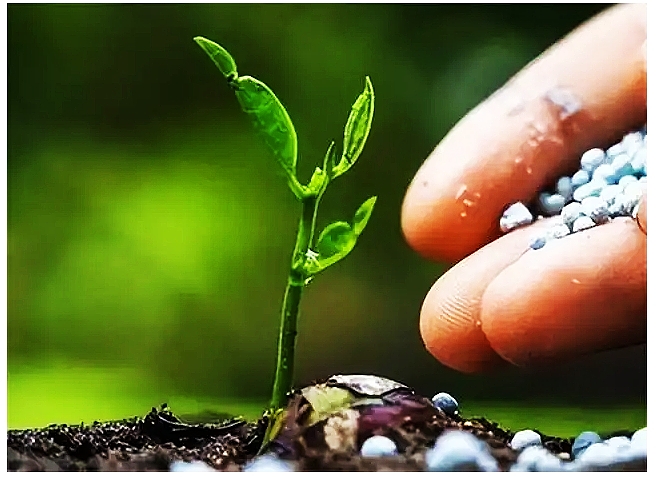What Are You Looking For?
High-efficiency defoamers lead phosphate fertilizer production into a new era
Jan 07, 2025During the production process of the phosphate fertilizer industry, a large amount of foam is often generated, affecting production efficiency and leading to equipment failure, product quality decline, and other problems. To solve this problem, the application of high-efficiency defoamers is critical. This article will explore the specific application of high-efficiency defoamers in the phosphate fertilizer industry and its role in promoting green production and innovation.

I. Causes of foam in the phosphate fertilizer industry
1. Reaction of acid and phosphate rock: During the production of phosphate fertilizer, sulfuric acid reacts with phosphate rock to generate phosphoric acid, which releases gas and produces foam.
2. Dissolution and release of chemical substances: Some additives, solvents or other chemicals may produce foam during the reaction, affecting the production process.
3. High temperature and high pressure reaction conditions: The synthesis process of phosphate fertilizer often involves high temperature and high pressure, which are conducive to the dissolution of gas and the generation of foam.
II. Application of high-efficiency defoamers in the phosphate fertilizer industry
1. Application in phosphoric acid production
During the phosphoric acid production process, a large amount of foam is often generated when phosphate rock reacts with sulfuric acid. Especially in wet phosphoric acid production, the generation of foam affects the production efficiency and the normal operation of the equipment. By adding defoamers, the foam can be significantly reduced, the reaction efficiency can be improved, and the wear of the equipment can be reduced.
Defoamer type: In wet phosphoric acid production, silicone oil or polyether defoamers are usually used. These defoamers can effectively destroy the foam structure and will not affect the quality of phosphoric acid.
2. Application in the phosphate fertilizer synthesis process
In the process of producing phosphate fertilizer, especially in the production of compound fertilizer, the release of gas and chemical reactions will also produce foam. The use of defoamers can effectively reduce the formation of foam and avoid the overflow of foam affecting the production stability.
Defoamer type: In this type of process, polyether, polysiloxane and fluorosilicone defoamers are often used. They can adapt to complex reaction conditions and have good thermal stability and water resistance.
3. Application in wastewater treatment
In the process of phosphate fertilizer production, wastewater treatment is often accompanied by a large amount of foam. The use of high-efficiency defoamers can reduce the generation of foam, thereby improving the efficiency of wastewater treatment and reducing the impact of harmful substances in wastewater on the environment.
4. Application in the drying and crushing process
Phosphate fertilizer products are prone to generate a large amount of foam during drying and crushing, especially in the spray drying process. The addition of defoamers can effectively suppress foam and ensure the stability of the production process.
III. Conclusion
The application of high-efficiency defoamers in phosphate fertilizer production can not only effectively solve the foam problem and improve production efficiency, but also play an important role in promoting green production, reducing energy consumption and reducing emissions. At the same time, with the continuous promotion of green innovation, the research and development of defoamers will continue to develop in a more efficient, environmentally friendly and economical direction.